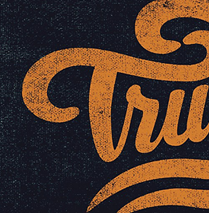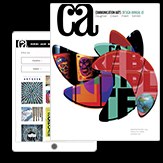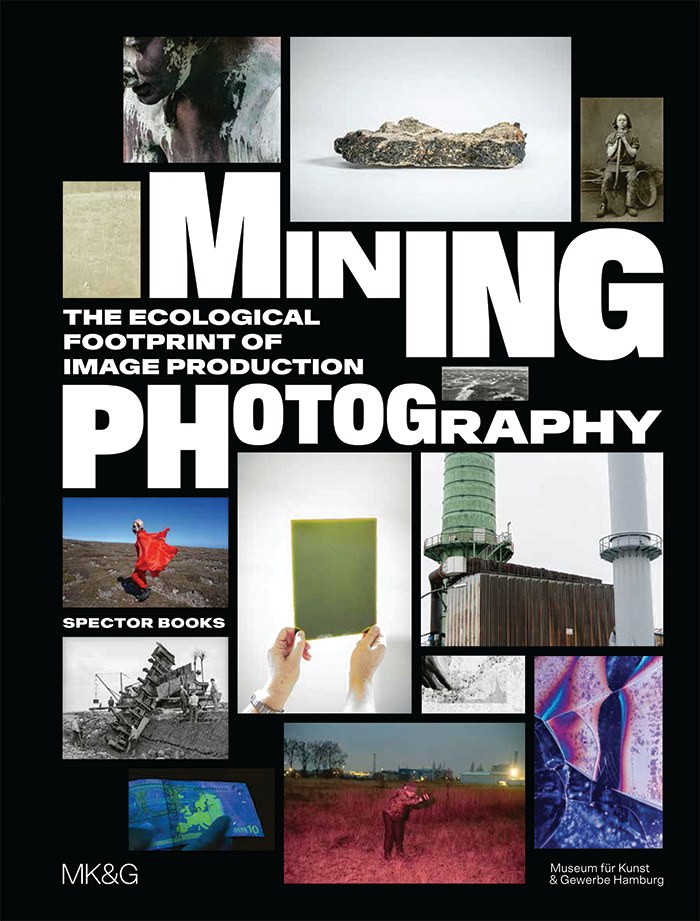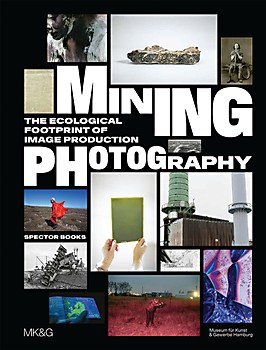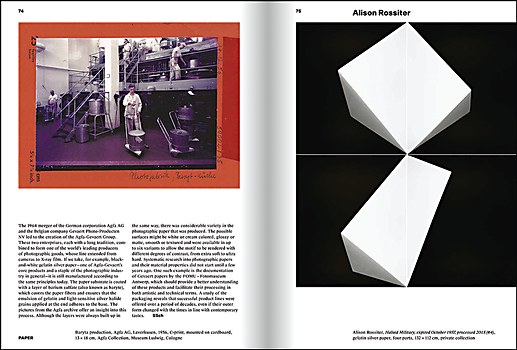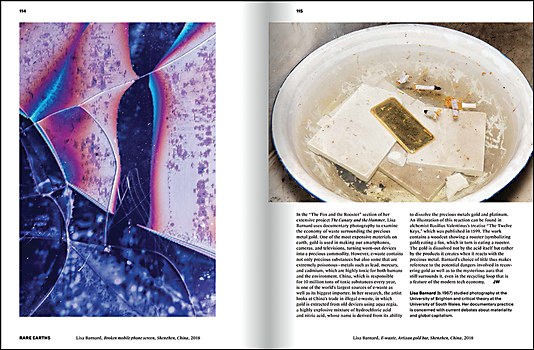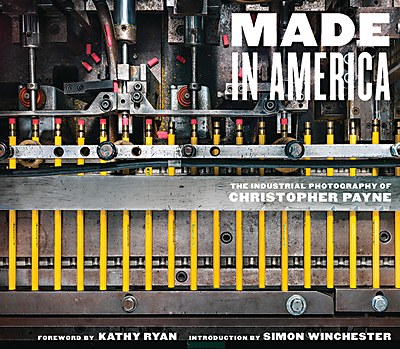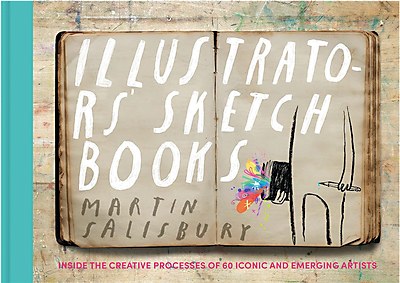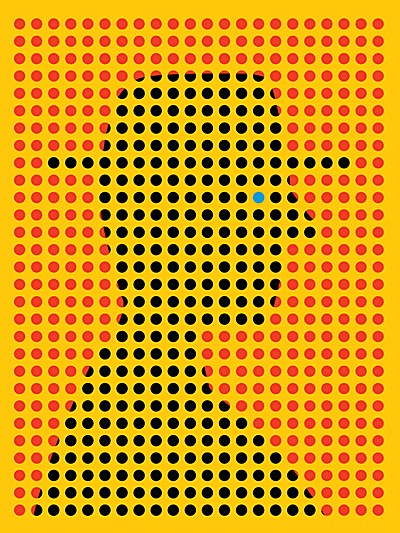by Tulga Beyerle, Boaz Levin and Esther Ruelfs
175 pages, softcover, $45
Published by Spector Books
spectorbooks.com
Mining Photography: The Ecological Footprint of Image Production brings a refreshing perspective to the history and development of photography, focusing as it does on the global extraction and exploitation of the natural resources that make photography possible, rather than taking a photographer-as-author aesthetic or docu-sociological approach. It traces the shift from the use of fossil fuels such as bitumen and carbon in photography’s pioneering days, through copper and silver (at its peak, the photographic industry was responsible for more than half of the world’s silver consumption) to the rare earths and metals like cobalt and europium found in the ubiquitous smartphone, the device that has made us all photographers—for better or worse. As the book points out, while digital images may not obviously have a chemical or polluting cost, the energy expended in their storage and distribution is immense.
Part of an exhibition and research project of the same name held by the Museum für Kunst und Gewerbe Hamburg in 2022, the book combines the work of more than a dozen imagemakers, historical documents and a series of thoughtful essays to make its point, ranging in scope from one on daguerreotypes of the Californian Gold Rush—the first event in US history to be comprehensively documented—to the use of paper as the ideal base material for the photographic medium. Taken together, it presents an absorbing history of photography infused with contemporary concerns, placing the medium’s invention and evolution in the context of sustainability and impact on the planet. —Yolanda Zappaterra







